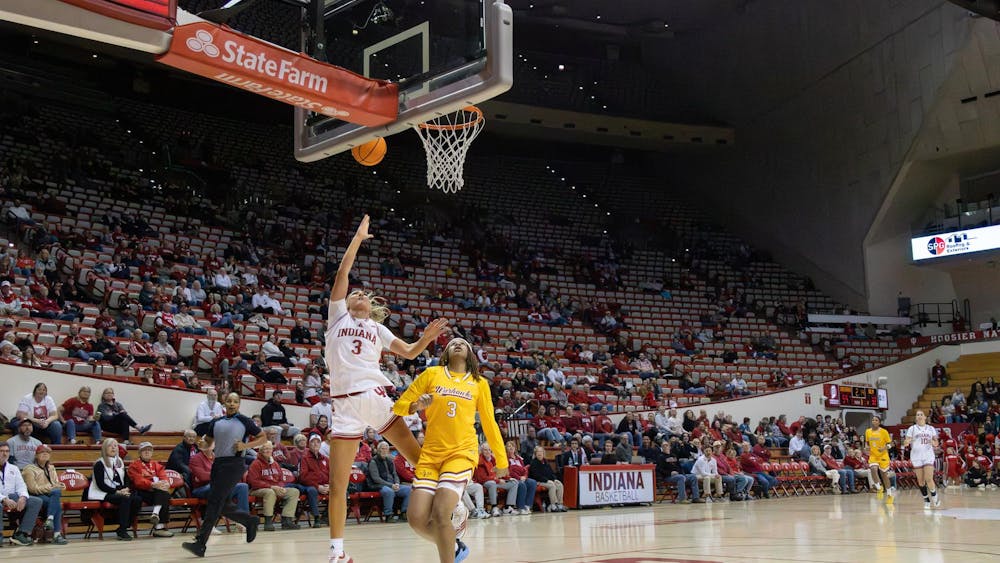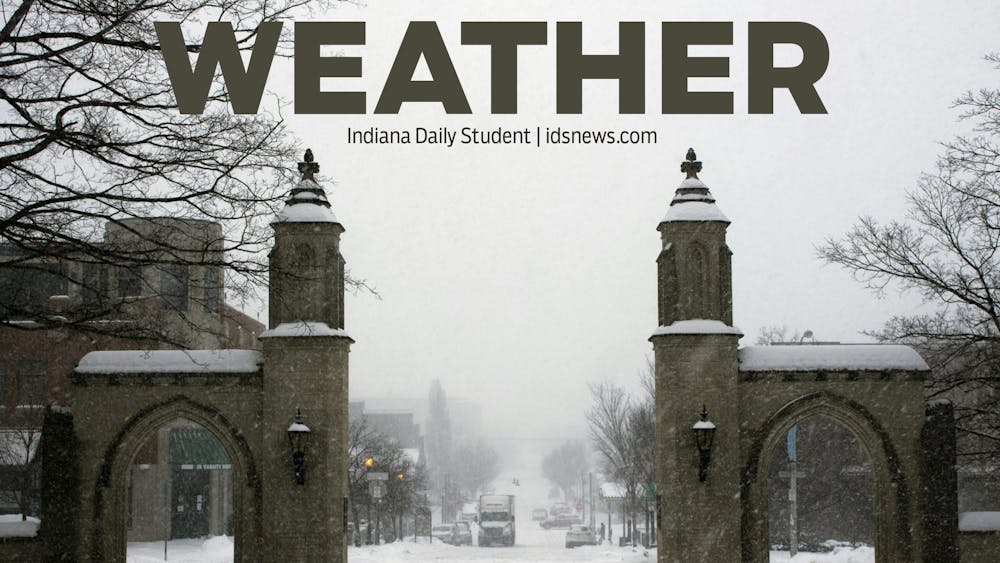IU faculty and visiting guests participated in the grand opening Tuesday of the IU's new supercomputer at the Wrubel Computing Center. \nThe computer, the fastest academic supercomputer in the country, possesses the capability to do functions in five minutes that previously took an entire day.\nIU President Adam Herbert, who helped cut the ceremonial ribbon and ran the first program on the new computer, said the computer would also be made available to IU faculty and students statewide. Herbert said he was excited about the new avenues the computer opened to IU researchers.\n"This is going to significantly enhance our capacity to engage in even more significant research, and also it will provide incredible opportunities for our students to have access to computing power of this significance," Herbert said. \nFunds for the computer were secured primarily through the Indiana Metabolomics and Cytomics Initiative. METACyt grew from a $53 million grant from the Lilly Endowment, Inc., to "advance life sciences research at IU Bloomington and in Indiana," a media release said. \nThe computer was made by IBM, which Interim Provost Michael McRobbie called "a superb partner" in his speech at the ribbon-cutting ceremony. \nMcRobbie said the supercomputer would be crucial in life science research and would bring new medical advancements to IU and the state of Indiana in general. \nAccording to the press release, a Battelle Memorial Institute report ranked Indiana in the top four among states with the "highest concentration of life sciences-related jobs."\nAcquisition of the supercomputer was made public in April 2006. In addition to life science initiatives, the computer will also be used in weather forecasting and physics experimentation.\nAll speakers hailed the attainment of the supercomputer as a fine achievement for IU. Bruce Cole, a former distinguished professor at IU and the current chairman of the National Endowment for the Humanities, called it "a real achievement in the acquisition of storage" in his speech.\nHerbert pointed out that data storage is a key in life sciences research, and the new computer brings that kind of memory.\n"One of the things that is clear is that in the life sciences, the data storage needs are incredible. ... Not only do you need the speed to analyze data, but also it's just essential to have massive storage capacity," Herbert said.\nAssistant Informatics Professor David J. Wild said the biggest advantage of the supercomputer is its speed and efficiency.\n"The really exciting thing for us is we can take our really complicated life science techniques, which do advanced data mining, and suddenly we can make them available in real time to scientists ... much in the same way as you can search Google and get some results back really quickly," Wild said.\nWild went on to say that the storage capabilities of the computer were just as beneficial, especially in terms of scientific research. The added space gives scientists a wealth of literature on biomedicine and life sciences stored in the computer. \nHerbert added to that in his speech, saying the new supercomputer continued former President Herman B Wells' principle to "dream no small dreams for Indiana University."\nHerbert said the supercomputer tied into an initiative to put IU at the forefront of the new wave of technology.\n"There's no question that Indiana University is at the cutting edges with regard to information technology," Herbert said. "We have established as a goal to be not just a national but an international leader in (information technology), and I think this project demonstrates that we're accomplishing that goal"
University supercomputer powers up for the first time
New technology is fastest academic computer in the US
Get stories like this in your inbox
Subscribe





